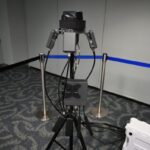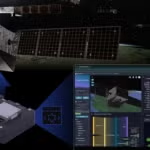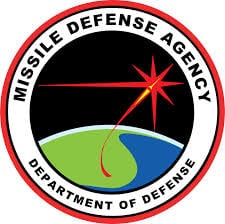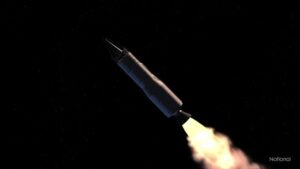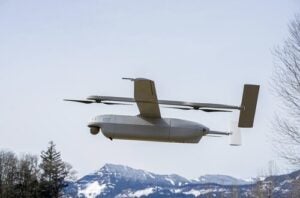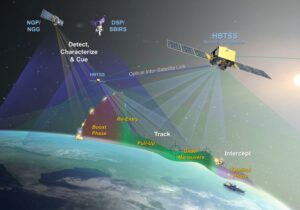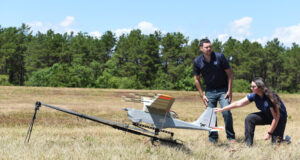
The Coast Guard is evaluating technologies that would allow unmanned aircraft systems (UAS) to operate beyond an operator’s line of sight to clear airspace, enabling the systems to operate at longer ranges and eliminating the need for someone to keep the UAS clear of other aircraft. Last August, the Coast Guard Research and Development Center evaluated detect and avoid technology called Passive Acoustic Non-Cooperative Aircraft Collision Avoidance (PANCAS) on an AeroVironment [AVAV] small catapult-launched Puma UAS to see how far…

 By
By 

